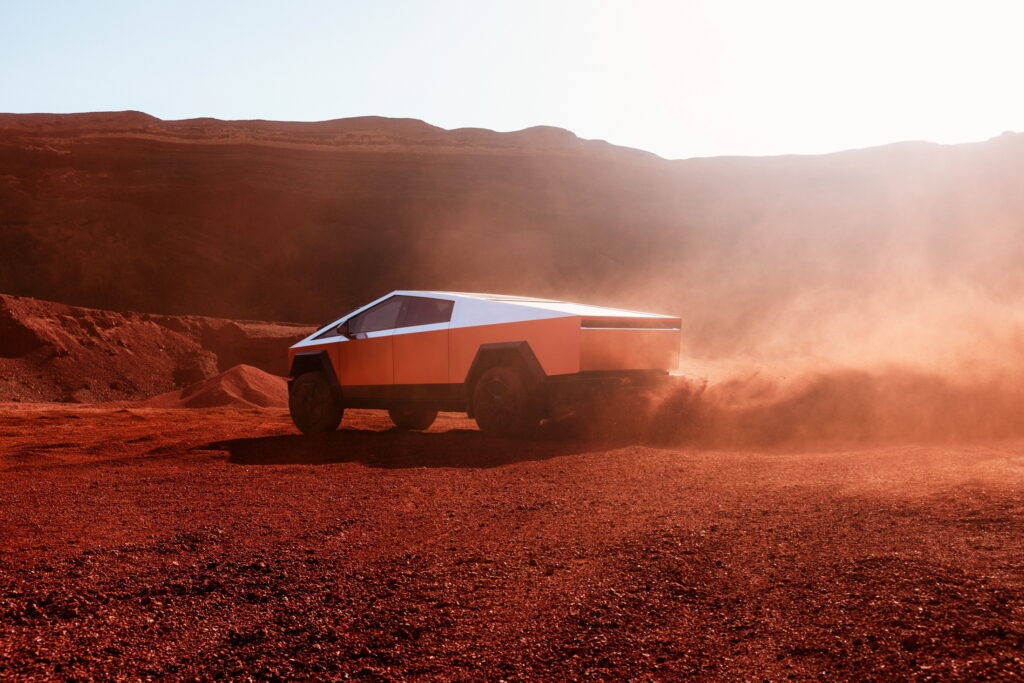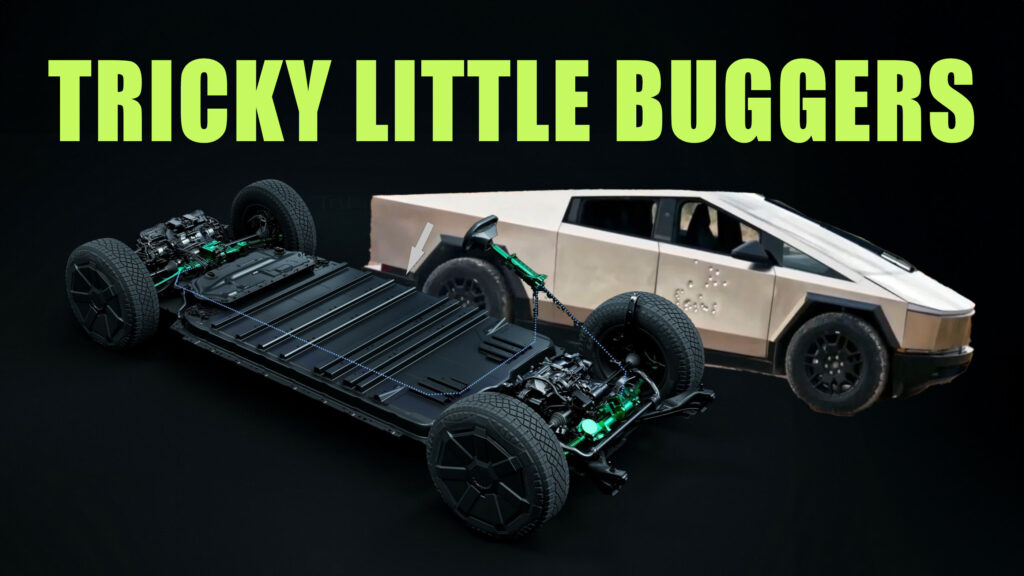While Tesla has already delivered the first Cybertrucks to customers, it’s been more of a marketing gimmick, with just a handful of vehicles hitting the road. To be fair, the company has long cautioned buyers that it will take until 2025 before production is fully ramped up. One of the primary bottlenecks impeding full-scale production is the development of its groundbreaking 4680 battery cells
In particular, the automaker faces a significant hurdle in mastering a dry-coating technique for the cell’s cathodes. In laboratory tests and smaller batteries, this method proves to be faster than the traditional wet-coating approach. However, implementing it on an industrial scale and in larger batteries is uncharted territory, which inevitably leads to a slower development process
Tesla has already figured out how to dry-coat the anodes in its 4680 cells, but the cathodes — which are the most expensive part in a battery — has proven difficult, according to nine sources who spoke to Reuters on condition of anonymity.
Read: Tesla’s 4680 Batteries Might Propel Them Even Further Ahead Of Rival EV Manufacturers
The trouble for Tesla is that producing batteries at scale generates a lot of heat. That melts the glue that sticks the dry coating to the cathode, and ends up turning it into a “one big chunk of gooey mess,” according to one of the sources.
The automaker is also struggling with its attempts at speeding up electrode production. It wants to be able to coat more of the parts in a metallic foil at once. To do that, it has widened the rollers that act as a press, but applying pressure evenly is proving difficult.
These will be important techniques to master, because failure to do so means wastage. More alarmingly, Tesla is still working on ways to find production errors, which can be tricky to spot. That means that they don’t become apparent until months down the line.
Speeding up battery production is also crucial because of how many cells Tesla requires. It needs to produce nearly a million cells per day in order to supply full Cybertruck production, but it currently takes it more than 11 days to produce that many.
Ultimately, the automaker plans to have eight lines producing 4680 cells by the end of 2024. However, it’s not yet clear that Tesla’s dry-coating method is actually any faster than the old wet method. That’s a problem, because the method was one of the main factors behind its 2020 claim that it would be able to halve battery costs, cut investment, and create smaller batteries for vehicles like the upcoming compact Model 2. However, hope remains high that once it figures out how to ramp production up stably on one line, the others will follow.





